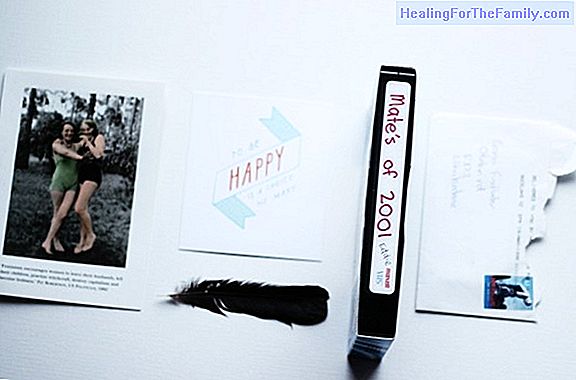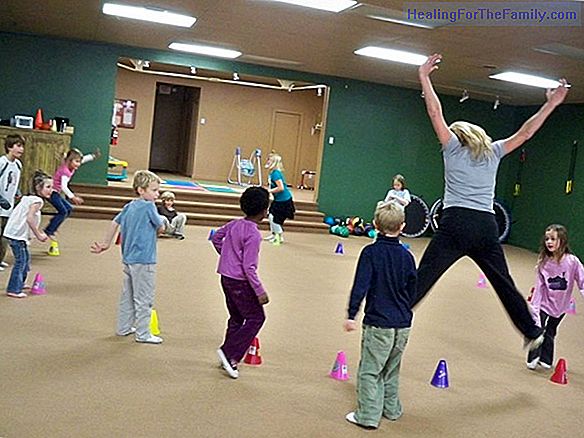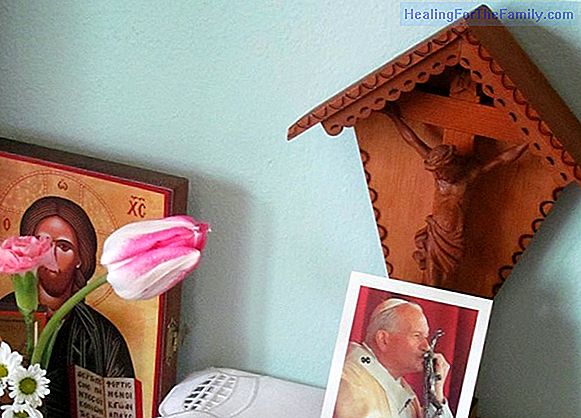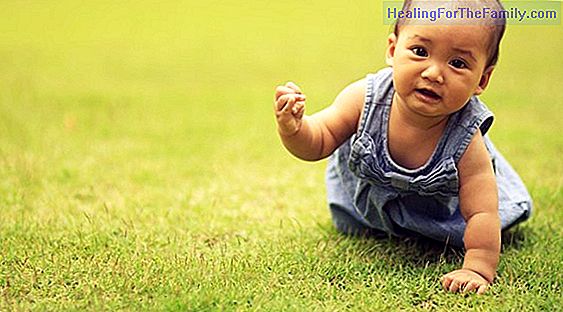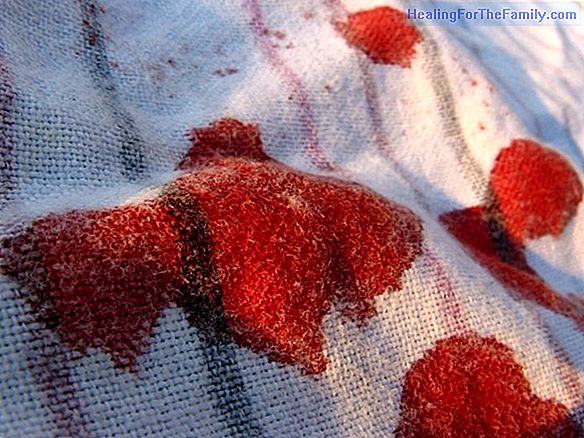How to do CPR in children
The cardiorespiratory massage to children , or infant CPR, is a maneuver that serves to resuscitate a child in case of cardiorespiratory arrest. That is, when for some reason it has stopped breathing and the heart has stopped. Although it is something that all parents are very afraid to do, we have
The cardiorespiratory massage to children, or infant CPR, is a maneuver that serves to resuscitate a child in case of cardiorespiratory arrest. That is, when for some reason it has stopped breathing and the heart has stopped.
Although it is something that all parents are very afraid to do, we have to keep in mind that they can save our son's life.
In these cases, keeping a cool head and acting quickly is vital for the child to react. In this article I teach you, when it is necessary to do it and how to do CPR in children.
How to do CPR in children
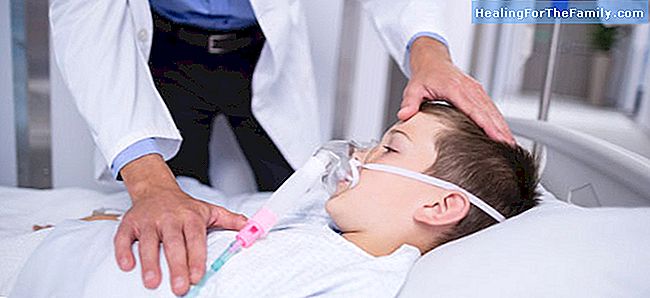
It can be done del after one year of age , since inbabies the technique has some differences that must be taken into account. The
main causes for which a child may end up having a cardiorespiratory arrest are mostly drowning, choking , suffocation, suffocation, etc.How can we know that the child needs a
cardiorespiratory massage ?When we see a child who is unconscious, and who is not breathing, this is the moment when we should proceed with cardiopulmonary resuscitation or CPR. Sometimes we can get the heart to beat again, although the normal thing is that until the
emergency services do not act, or a defibrillator is applied, the child does not react.Then why do we do the maneuver?
The important thing is that,
while the ambulance arrives,the child's organs have oxygen and they are still alive so that they suffer as little as possible. It is important to do it quickly because, every minute without oxygen there is a 10% less chance of recovery.The steps to follow to do CPR in children
1- Check the
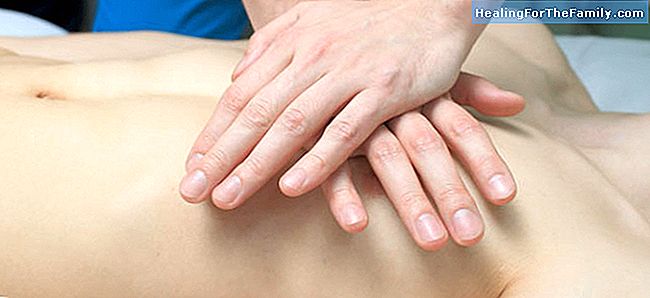
level of consciousness of the child , to see if it responds to any stimulus, for this we can call or move it gently.2- If we do not get a response from the child, the first thing is to notify the emergency service. Mientras 3- While we wait, we can
help open the airways
and perform the maneuver called "Chin-front", which consists of placing one hand on the child's forehead, while, with the other hand we raise the chin keeping the mouth open and throwing the child's head back. 4- We will check if with this maneuver the child can breathe. To do this we will perform a check called "See-hear-feel", that is, we will place our cheek next to their mouthfacing the chest, this way we will feel if breathing, while we observe if the child's chest rises by the breath. If we saw that the child does not breathe normally, we will continue to perform the following steps.
5- We will help you breathe artificially . For this we will perform
5 ventilations with the "mouth to mouth" maneuver.The first thing we must do is, keeping the front-chin maneuver, we will pinch the nose with two fingers, and we will put our mouth over the child's mouth to breathe air little by little. The amount of air we will give will depend on the size of the child, obviously, the larger the amount of air. A 6- Next, we will continue with
thoracic compressions , which will help the heart begin to pump blood again. According to the size of the child's body we should use 1 or 2 hands. - If we use a hand:
We will place the heel of the hand in the center of the child's sternum, drawing an imaginary line between the two nipples, and with the arm stretched, and without bending the elbow, we will drop part of the weight of our body,
compressing el a little the child's thorax (⅓ approximately of its capacity), releasing to let recover the child's chest to its initial position. - If we use both hands: Place one hand in the center of the chest of the child and with the otherwe intertwine the fingers of both hands, with the heel of the first hand we will begin the chest compressions de, in the same way as It would be done with one hand. - The chest compressions and the ventilations that we apply have to follow a rhythm of 30 chest compressions and 2 ventilations, we should achieve
100 compressions per minute , without forgetting the maneuvers to do it correctly and without making any pauses . To be able to follow the right rhythm we can sing mentally and follow the rhythm of the Macarena song. - If we become tired, we can make an exchange with another rescuer,letting the minimum time possible
in the exchange. This maneuver must be done for the necessary timeuntil the health assistance services arrive, the child regains consciousness and breathes without problems, when we are exhausted and CPR can not be continued, or the compressions are not effective .Author: Andrea Blanco Ramirez. Nurse at the Puerta de Hierro Hospital.
Coauthor: Gonzalo Carrillo de Albornoz Martínez Pantoja.

